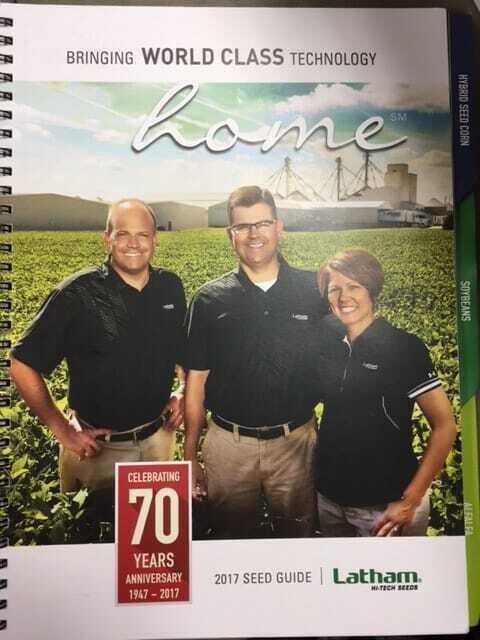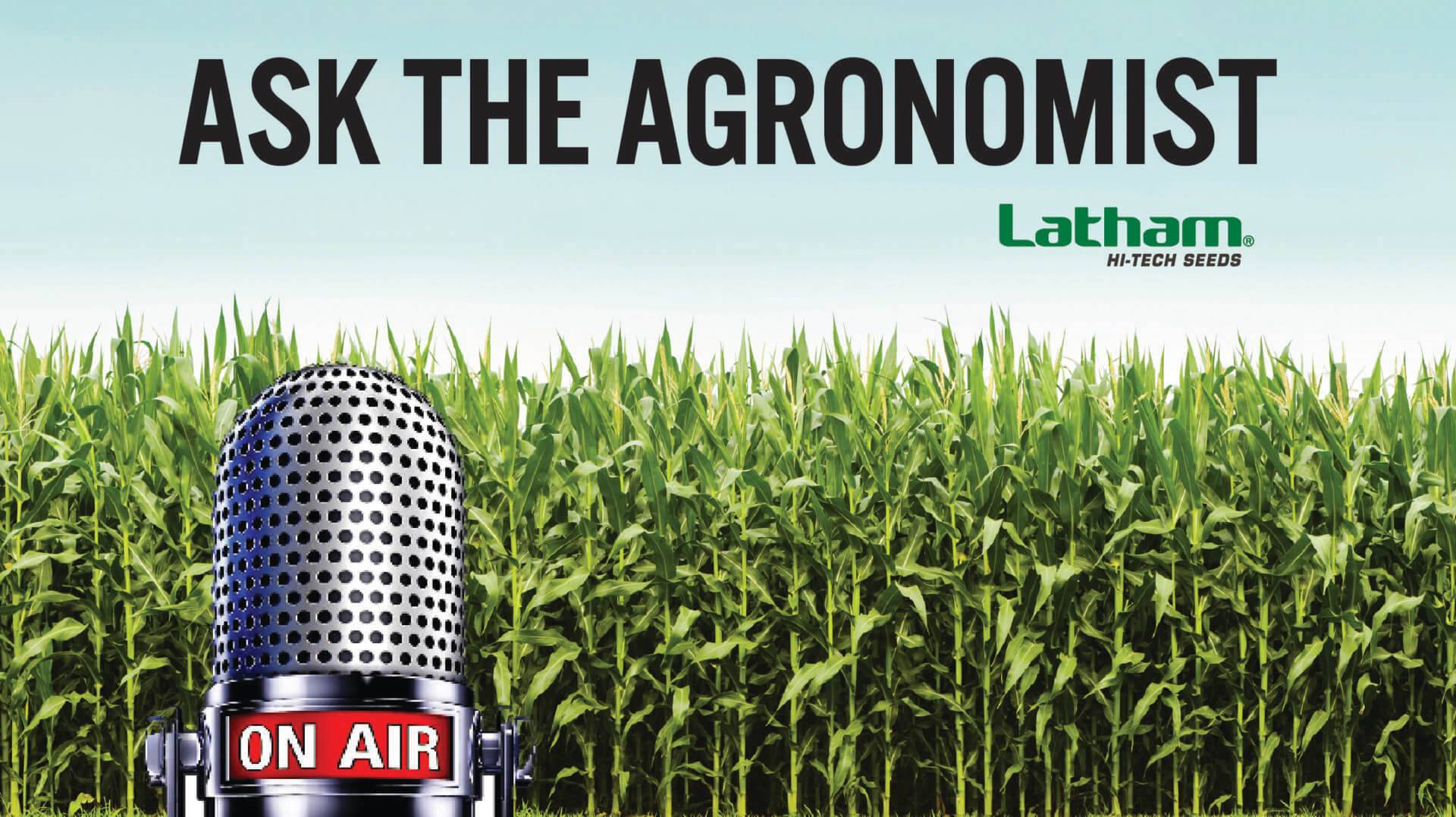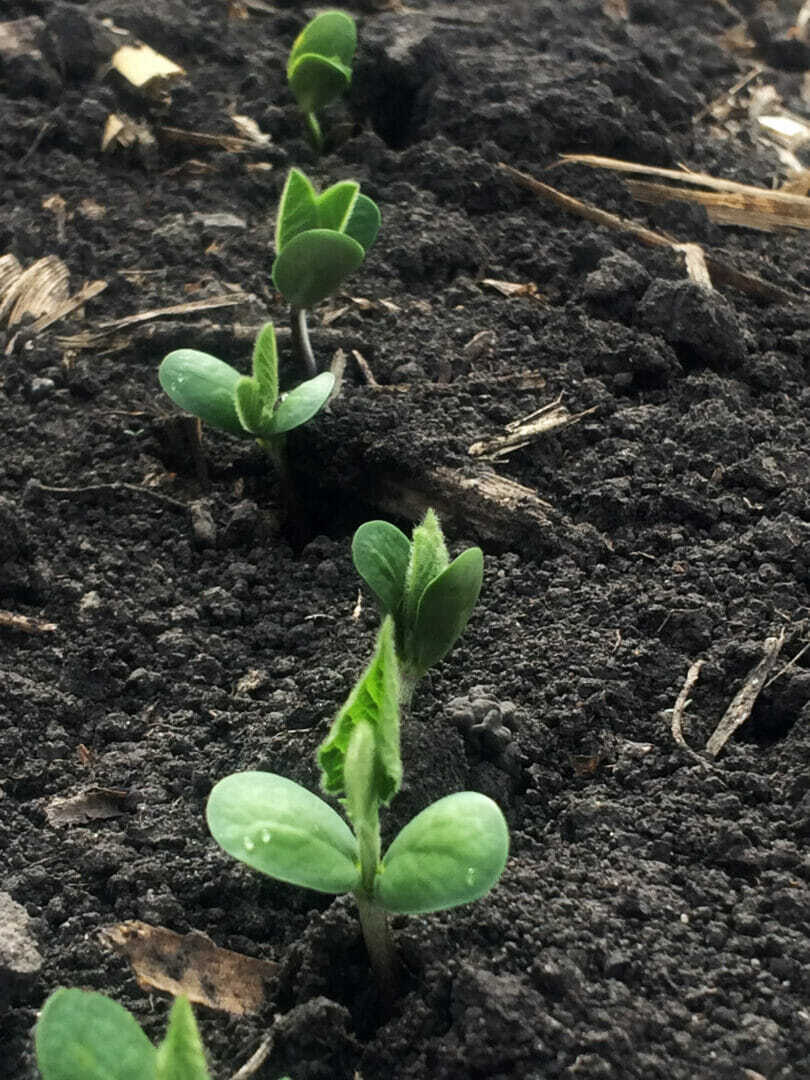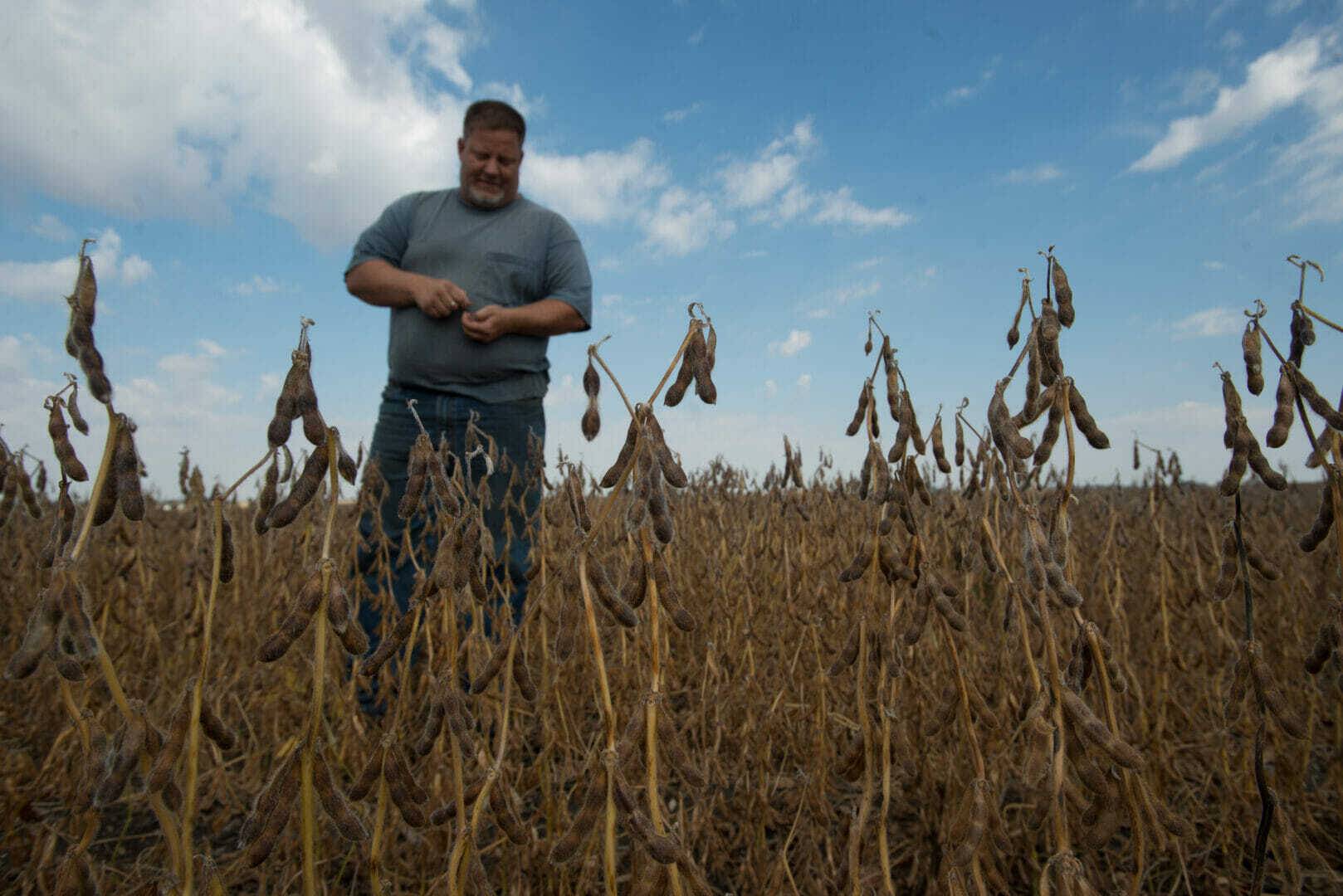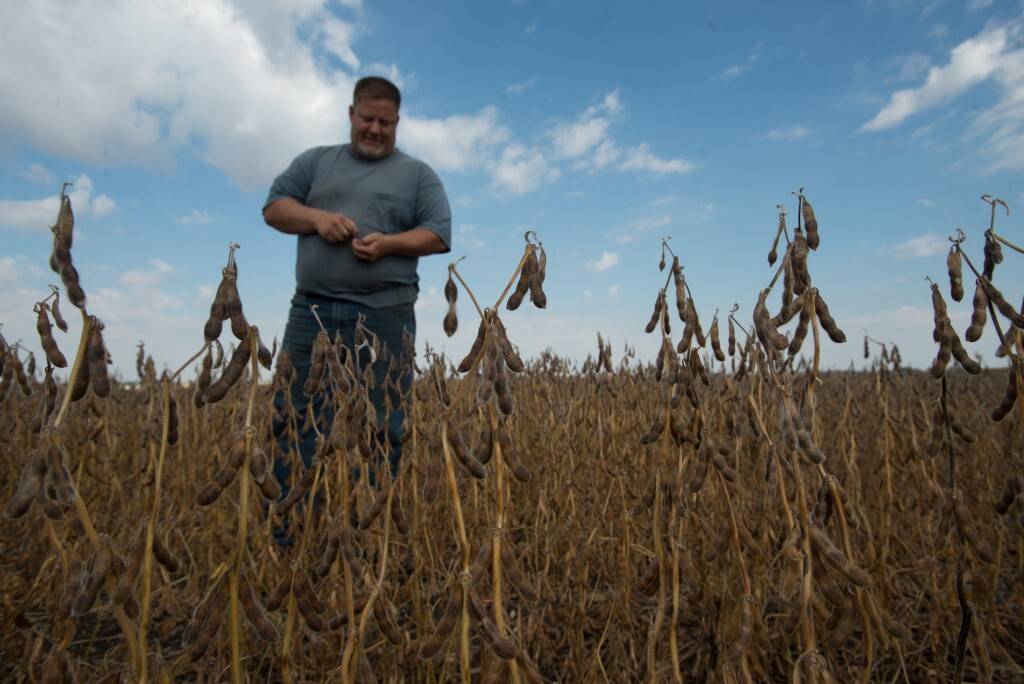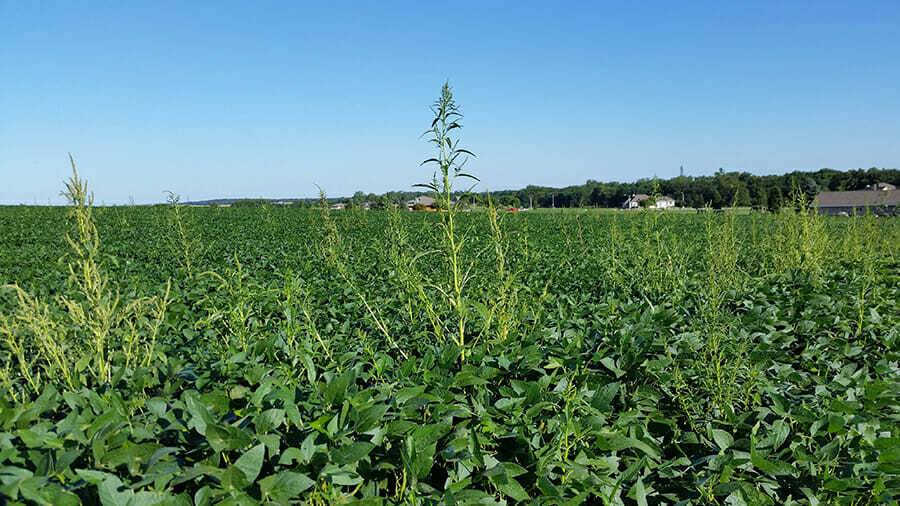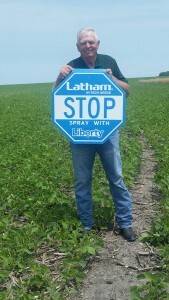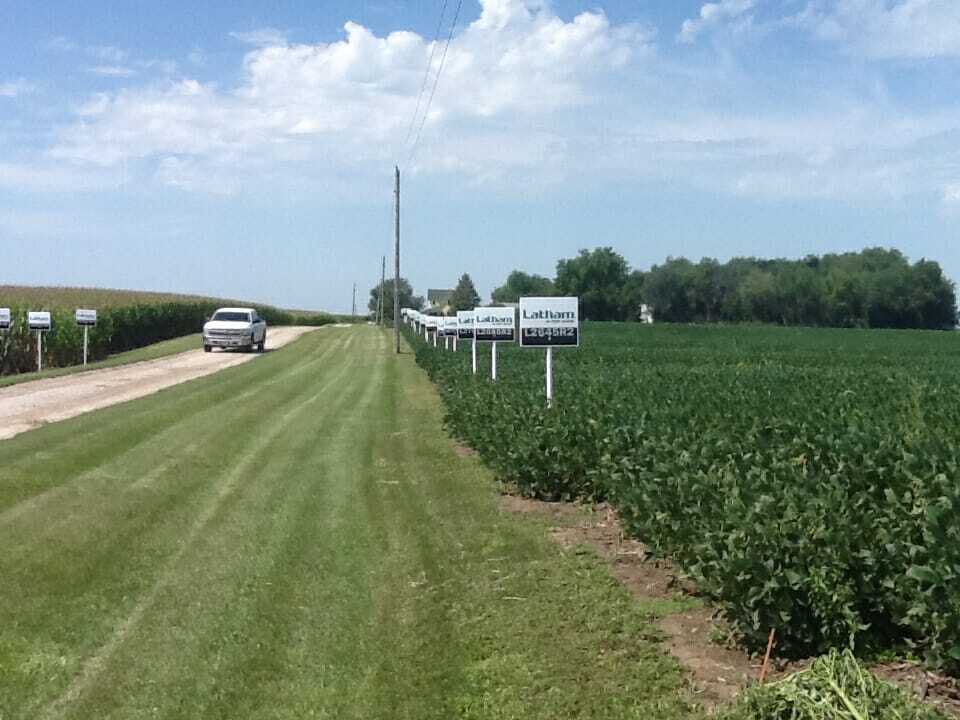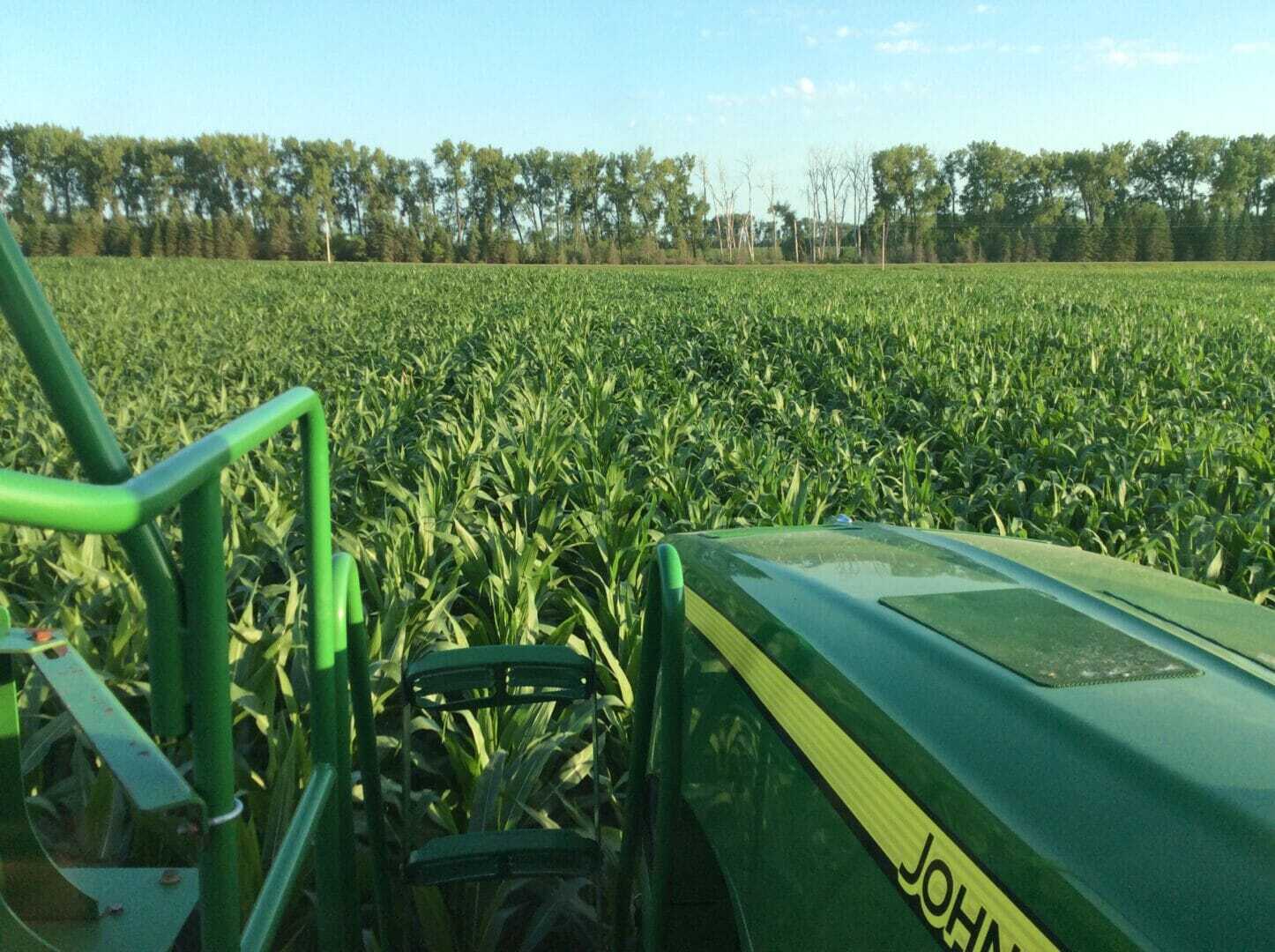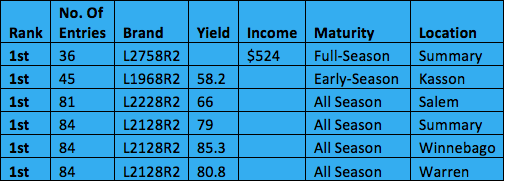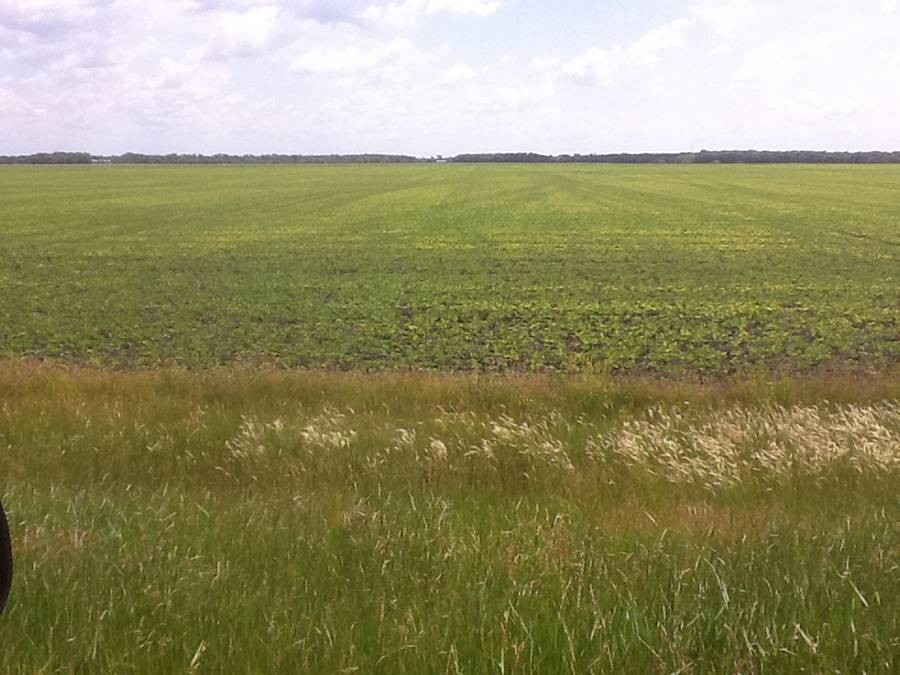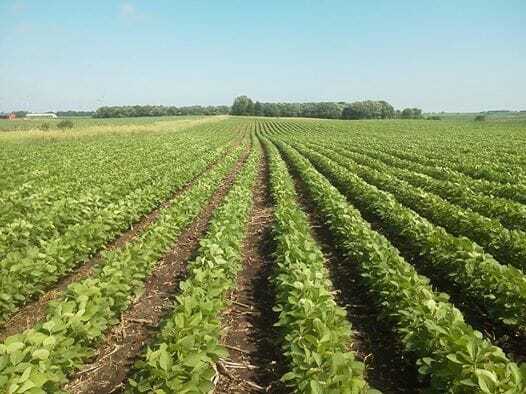Yesterday one of my nephews asked a question that really made me think. This young man is two generations removed from farming and wondered how I choose what type of corn to plant.
It probably sounds like such a simple question to those who don’t farm, but there’s a lot more to seed selection than what meets the eye. The brand and variety take a lot of thought and research, but we also rely on experience and our gut feelings.
I know selecting seed is second nature to most farmers, but how can we explain it to people who are generations removed from farming? Until yesterday, I hadn’t given much thought to the fact that I’m the only farmer in my nephew’s family. He’s living in a metropolitan area where the anti-modern farming crowd wants “good people” to believe farmers are forced by big conglomerates to buy and plant their seed. These activists want “good people” to believe that farmers no longer have a choice as to which seed to plant, but that’s so far from the truth!
To help dispel the myth that farmers are forced to buy seed from the same corporation year after year, Jennie Schmidt, a farmer and registered dietitian in Maryland, wrote a blog post. Here’s an excerpt:
“So far, we have received about a dozen seed catalogs, and I don’t mean Burpee-type gardening catalogs. I mean commercial seed for farmers. Some are large seed companies, others are small regional seed companies. None of them ‘impose’ their seeds on us. We have 100% freedom of choice. My husband and brother-in-law make those choices based on our own farm’s performance records, recommendations by our seed dealers, data provided by companies who do research plots on our farm and in our region, and conversations with farmer friends. No corporation influences these choices. No pressure is applied from any company to secure our business. Absolutely no one ‘imposes’ seed on our family farm. We have hundreds of seed choices in each of our crops: corn, soybeans, wheat, barley, tomatoes, hay, and green beans. We have 100% control over what gets purchased and planted.”
Thanks to technology, today’s farmers have more seed choices than ever before and the future is even more exciting! That’s the short answer I wish I would’ve first given my nephew and then gone on to explain. Plant breeding is allowing farmers to grow crops today in drier areas where it was never before possible. New seed genetics allow us to put more nutrition into crops, and as a result, can save millions of children and people living in poverty from malnutrition and blindness. Check out the amazing results the 2016 World Food Prize Winners have achieved by getting more farmers in Africa, Asia and Latin America to plant drought-resistant, blight-resistant orange sweet potatoes instead of white sweet potatoes that contain no Vitamin A.
This is so much more that goes into how a farmer chooses seed. To be continued… next week!
